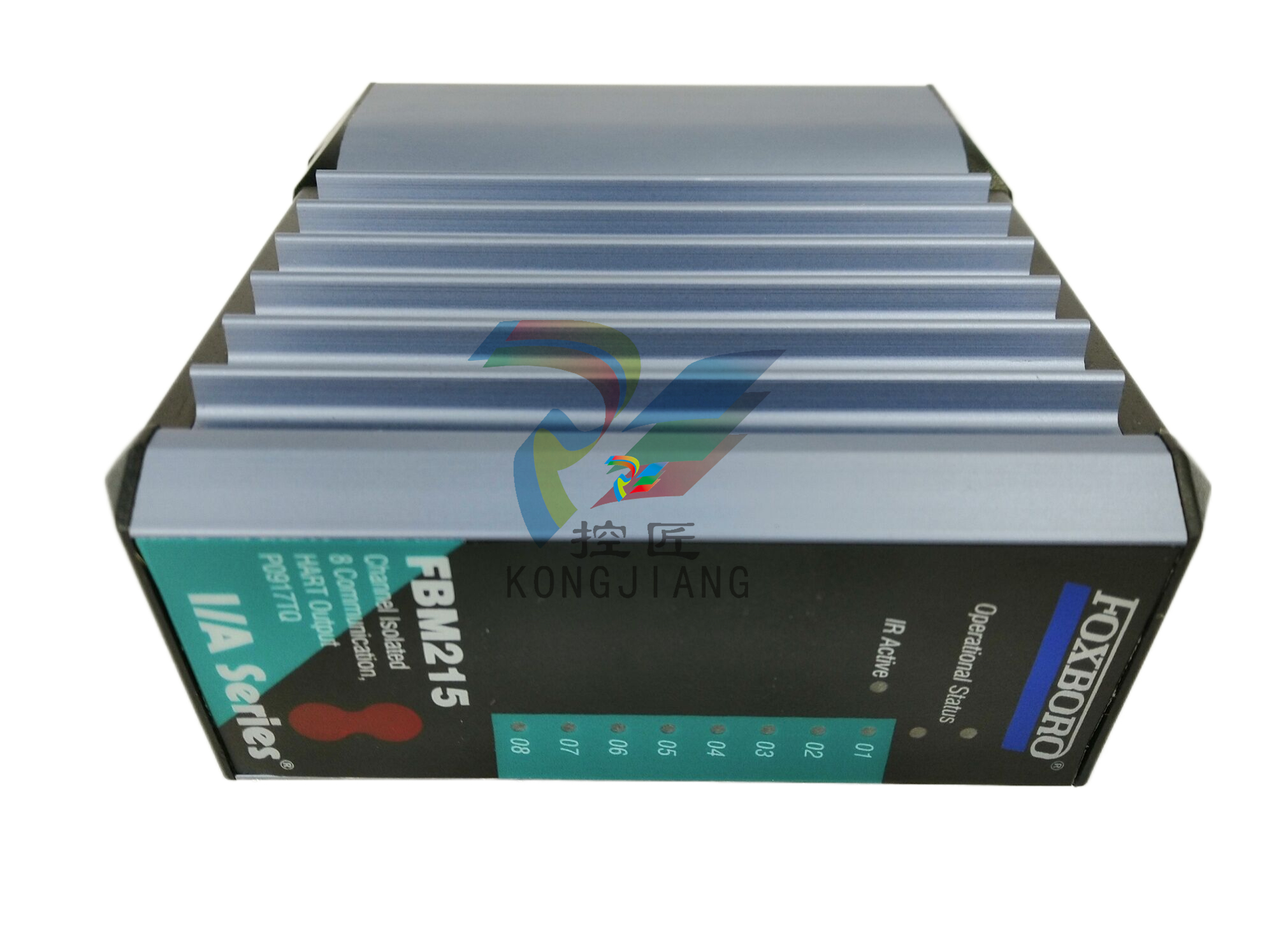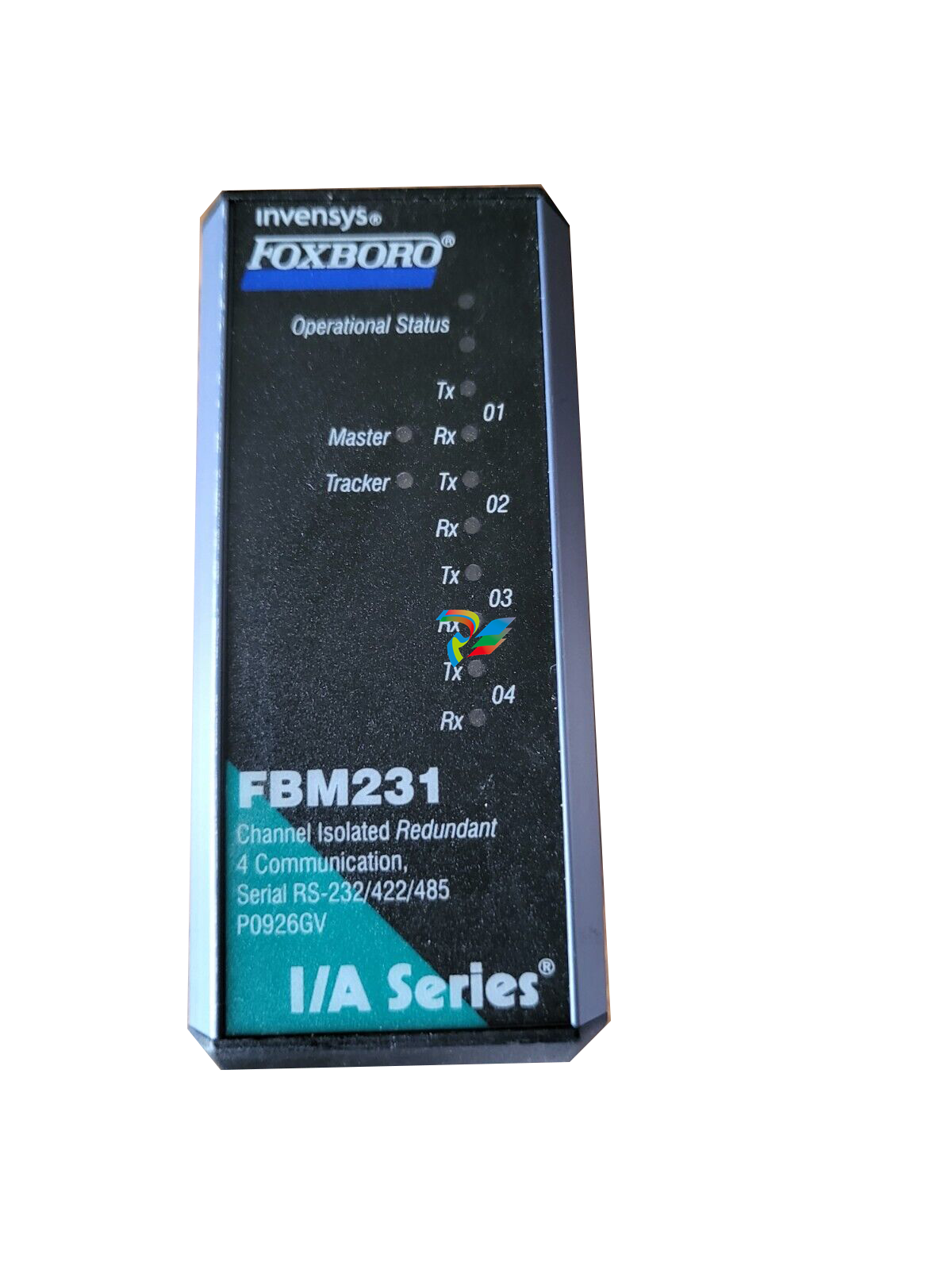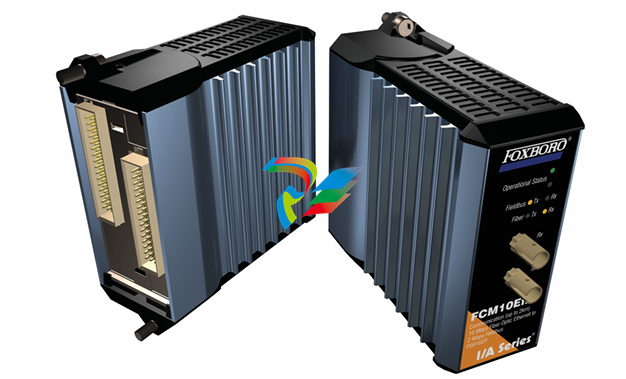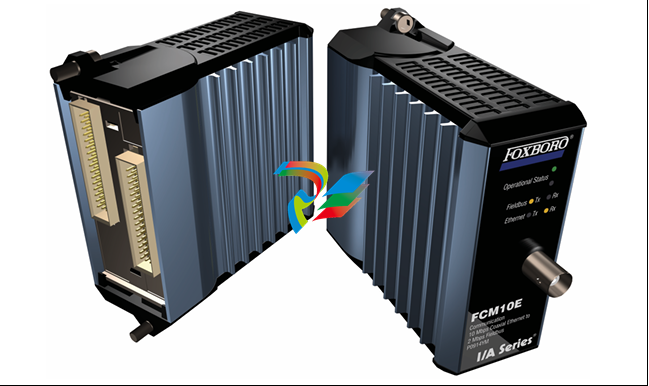
SPAD 346 C Stabilized Differential Relay
Integrated three-phase differential relay, overcurrent relay and earth-fault relay
Stabilized three-phase differential relay providing winding short-circuit and interturn fault protection for two-winding transformers and generator-transformer units and winding shortcircuit protection for generators.
Earth-fault protection for transformer HV and LV side windings according to the desired principle: the stabilized differential current principle, the high-impedance principle, the calculated or measured residual current principle or the neutral current principle
Three-stage overcurrent protection for transformers and generators and two-stage back-up protection for earth-fault protection
The operation characteristic of the differential relay easily adapted for different applications
Short operate times, even with partially saturated current transformers
Stabilization prevents unwanted operations at faults outside the protected area and transformer inrush currentsBlocking based on the ratio of the second harmonic and the fundamental component of the differential current prevents unwanted operations at transformer inrush currents
Blocking based on the ratio of the fifth harmonic and the basic frequency component of the differential current prevents operation in harmless situations of transformer overexcitation - can be eliminated if the ratio of the fifth harmonic and the basic frequency component increases at high overvoltages
No interposing transformers are needed for the protection of two-winding transformers - numerical vector group matching on HV and LV side
Wide CT ratio correction range - accurate correction allowed by digital setting
Sensitive phase current and phase angle displays facilitate the checking of measurement circuit connection and vector group matching
Four trip and four signal relay outputs available to the protection design engineer
Five programmable external control inputs intended for the indication and retransmission of alarm and trip signals of gas relays, oil temperature sensors and other sensors of transformer auxiliary devices
Adjustable CBFP operate time to improve reliability of operation
Integrated disturbance recorder capable of recording currents and digital signals - signals to be used for triggering selectable
High immunity to electrical and electromagnetic interference allows the relay to be used in severe environments
High availability and system reliability due to continuous supervision of hardware and software
Application The stabilized differential relay SPAD 346 C is designed to be used to protect two-winding transformers and generator-transformer units against winding short-circuit, interturn fault, earth fault and short circuit and to protect generators against winding short-circuit and short circuit. The relay can also be used for the protection of a three-winding transformer provided 75% of the short circuit power is fed from the same direction.
Description of operation The integrated differential relay SPAD 346 C includes three independent relay modules: a three-phase stabilized differential relay module SPCD 3D53, an earth-fault relay module SPCD 2D55 and a combined overcurrent and earthfault relay module SPCJ 4D28. The rated currents of the relay are 1 A and 5 A. The HV and LV side may use the same or different rated currents. Below a short description of the features of the protection relay modules. The manuals for the separate relay modules describe the modules more in detail.
Three-phase stabilized differential relay module SPCD 3D53
The differential relay module SPCD 3D53 provides protection for winding short-circuit and interturn faults. The differential relay compares the phase currents on both sides of the object to be protected. Should the differential current of the phase currents in one of the phases exceed the setting of the stabilized operation characteristic or the instantaneous protection stage of the module, the module provides an operate signal. Different amplitudes or phase difference of the currents may be the reason for the differential current. Interposing current transformers have normally been used in the differential protection of transformers to obtain vector group matching and to match the secondary currents of the main transformers. Interposing CTs have also been used to eliminate the zero-sequence components of the phase currents at earth faults occurring outside the protected area. The differential current relay SPAD 346 C eliminates the use of interposing transformers for the protection of two-winding transformers as the differential relay module allows the transformer vector group matching, the CT ratio correction and the elimination of the zero-sequence component of the phase currents to be digitally implemented on the HV and/or the LV side.
Stabilized differential current stag
In power transformer protection differential current is caused by CT errors, varying tap changer positions, transformer no-load current, transformer inrush currents, transformer overexcitation in overvoltage and underfrequency situations, and CT saturation at high currents passing through the transformer. Differential current caused by CT errors and tapchanger position grows at the same per cent ratio as the load current increases. In the protection of generators the differential current is caused by CT errors and saturation of the CTs in situations where high currents pass through the transformer. High currents passing through the object to be protected may be caused by short circuits outside the protected area, large currents fed by the transformer or the generator in motor start-up













































.jpg)
.jpg)
.jpg)





.jpg)



.png)
.jpg)

.jpg)
_lVjBYb.jpg)

.jpg)
.jpg)



.jpg)
.jpg)





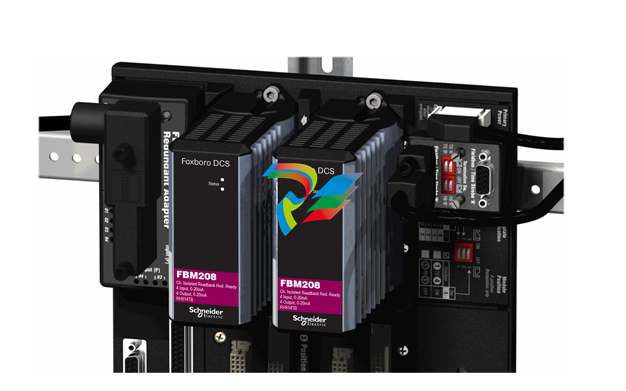
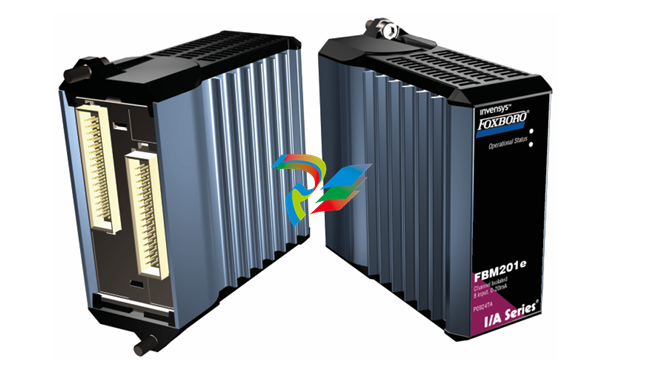
.jpg)
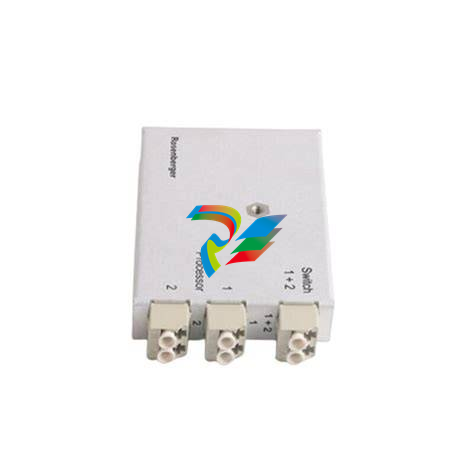
.jpg)
.jpg)
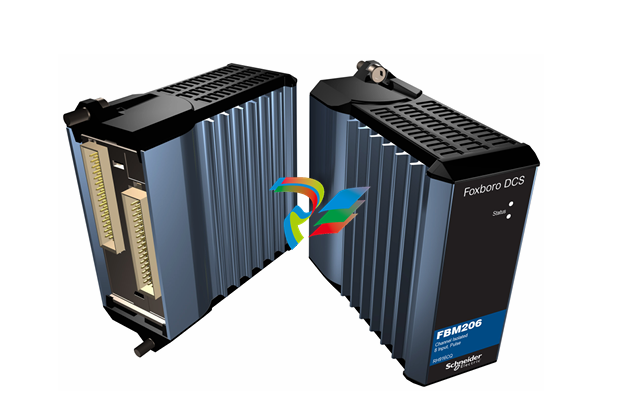
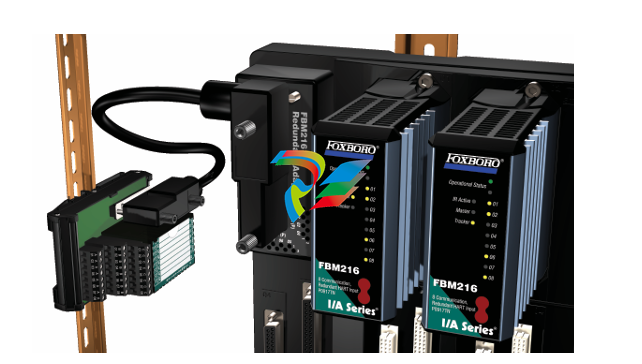
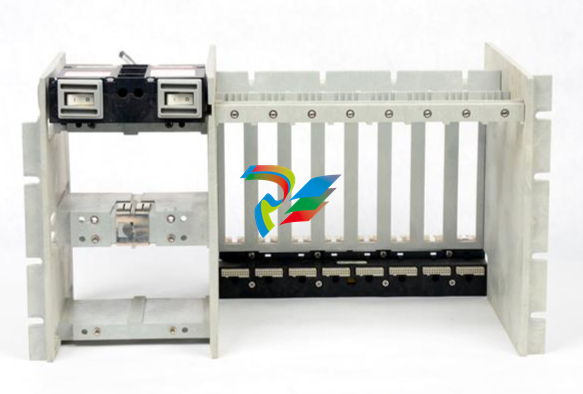
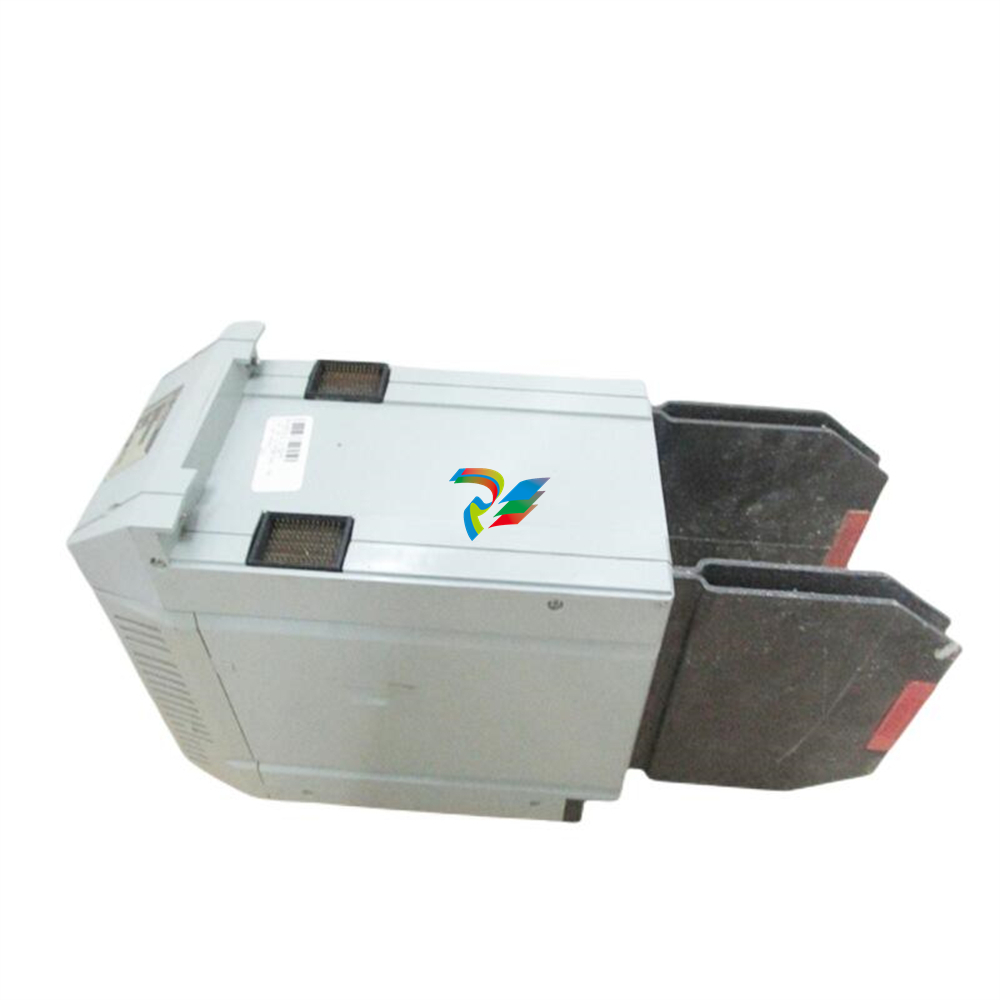
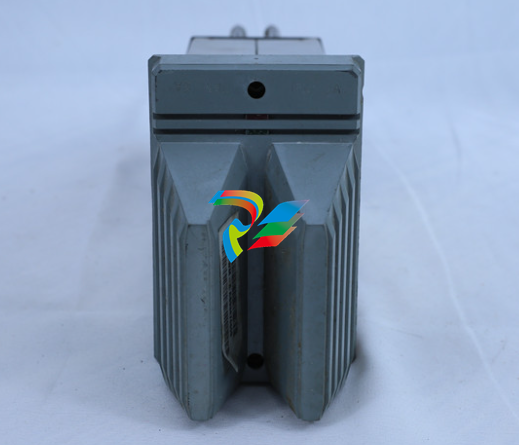
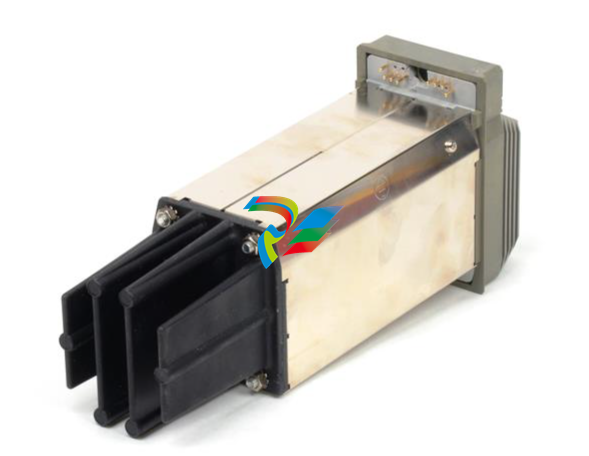
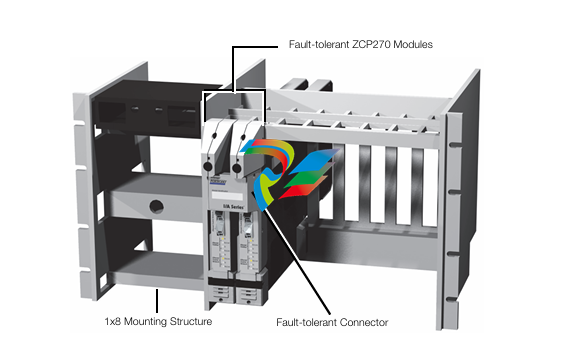
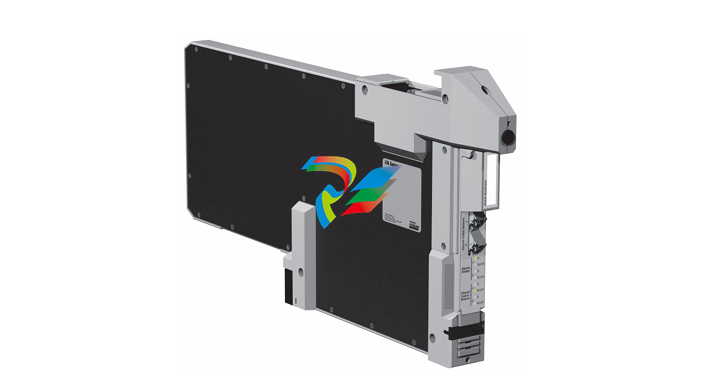
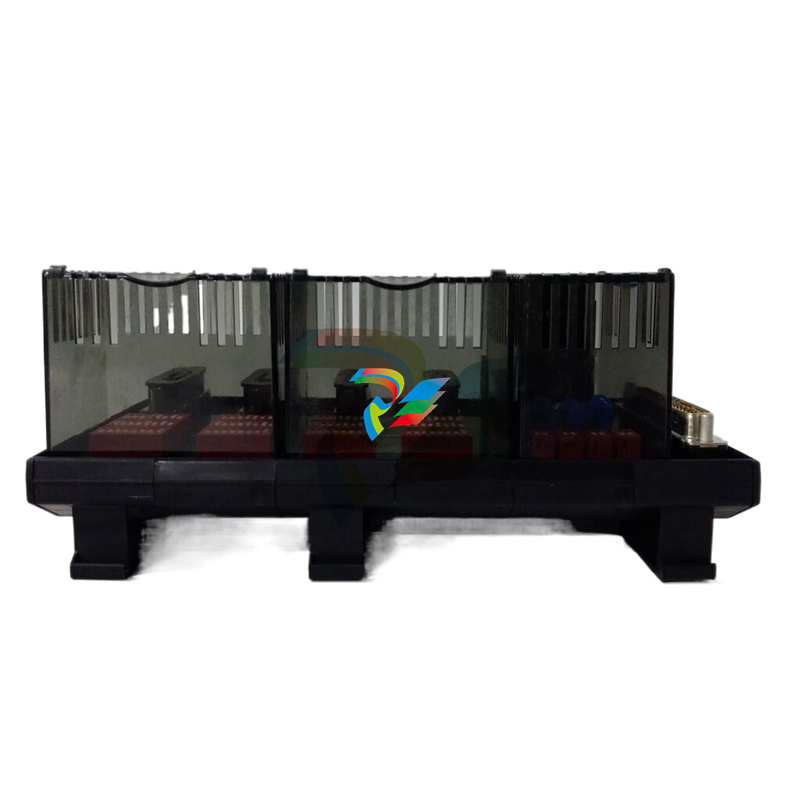
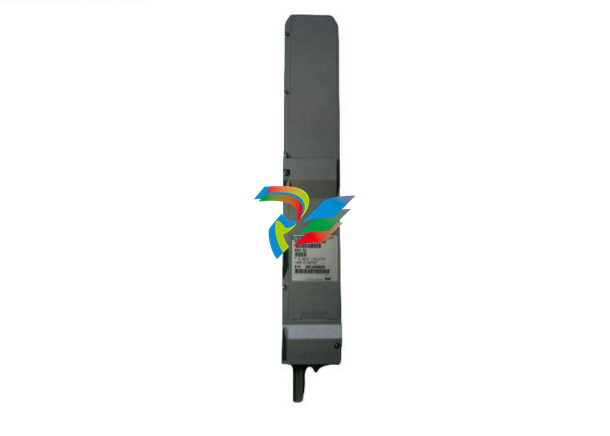
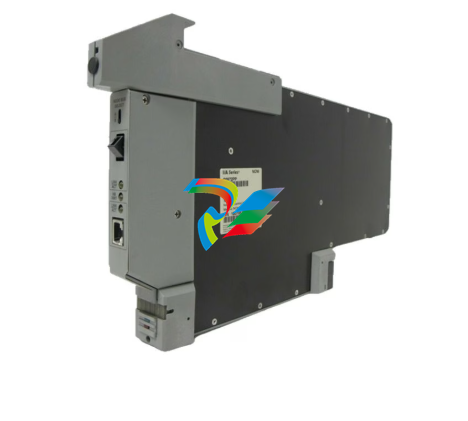
.jpg)
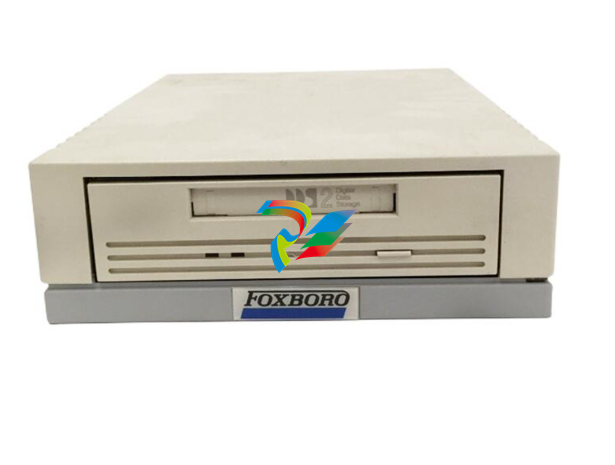
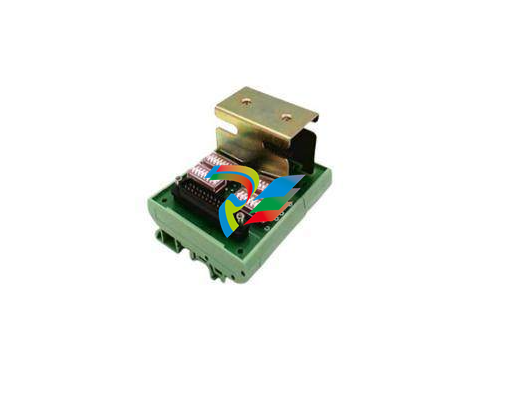
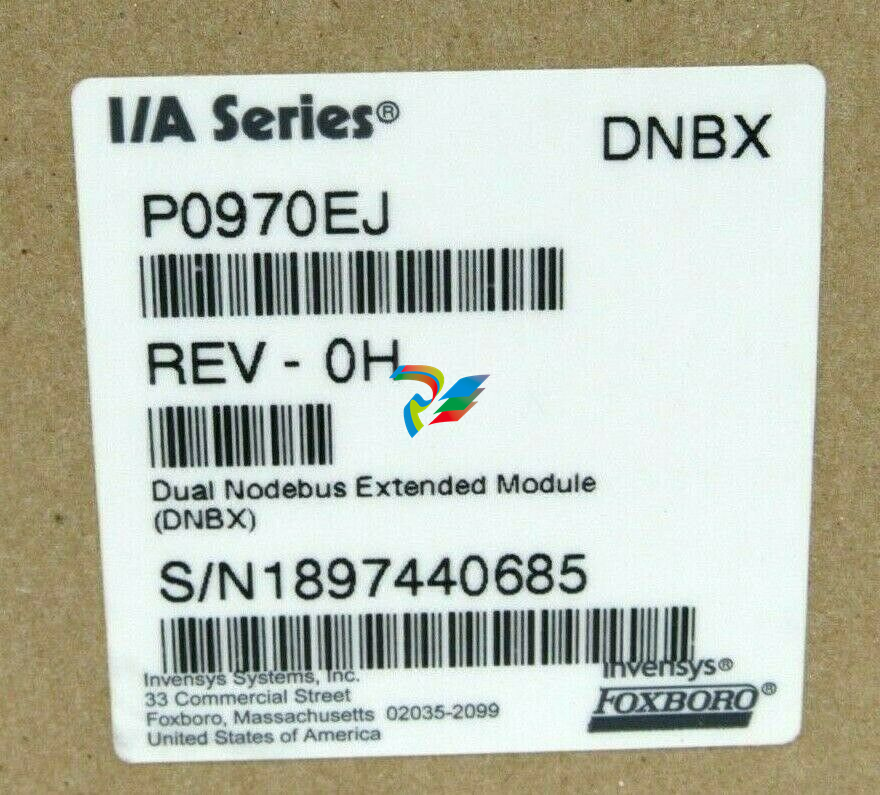
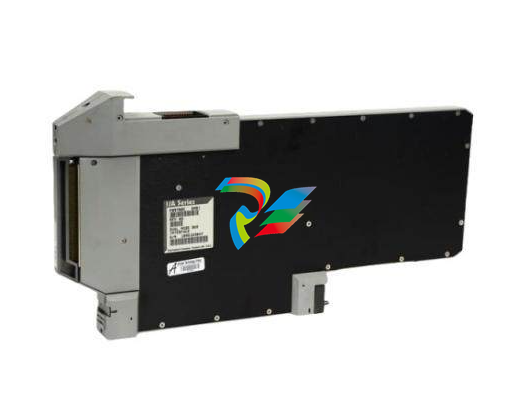
.jpg)
.jpg)
.jpg)
.jpg)
.jpg)
.jpg)
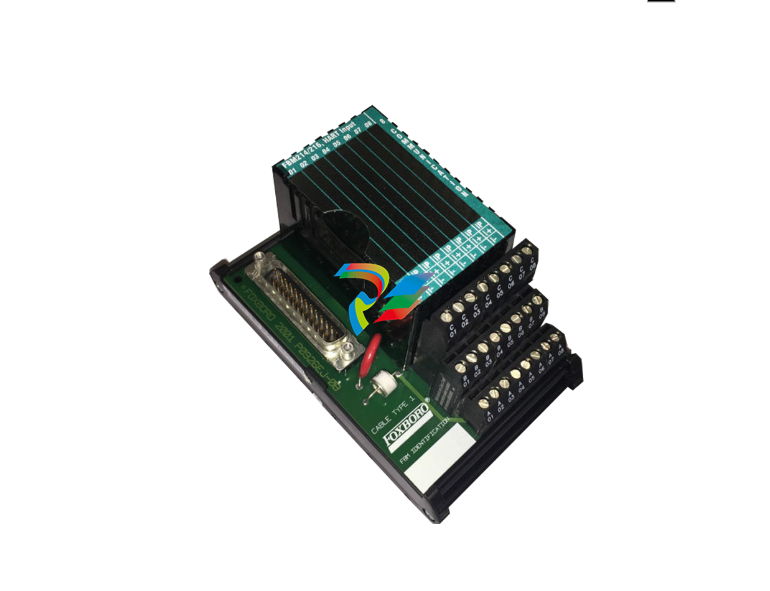
.jpg)
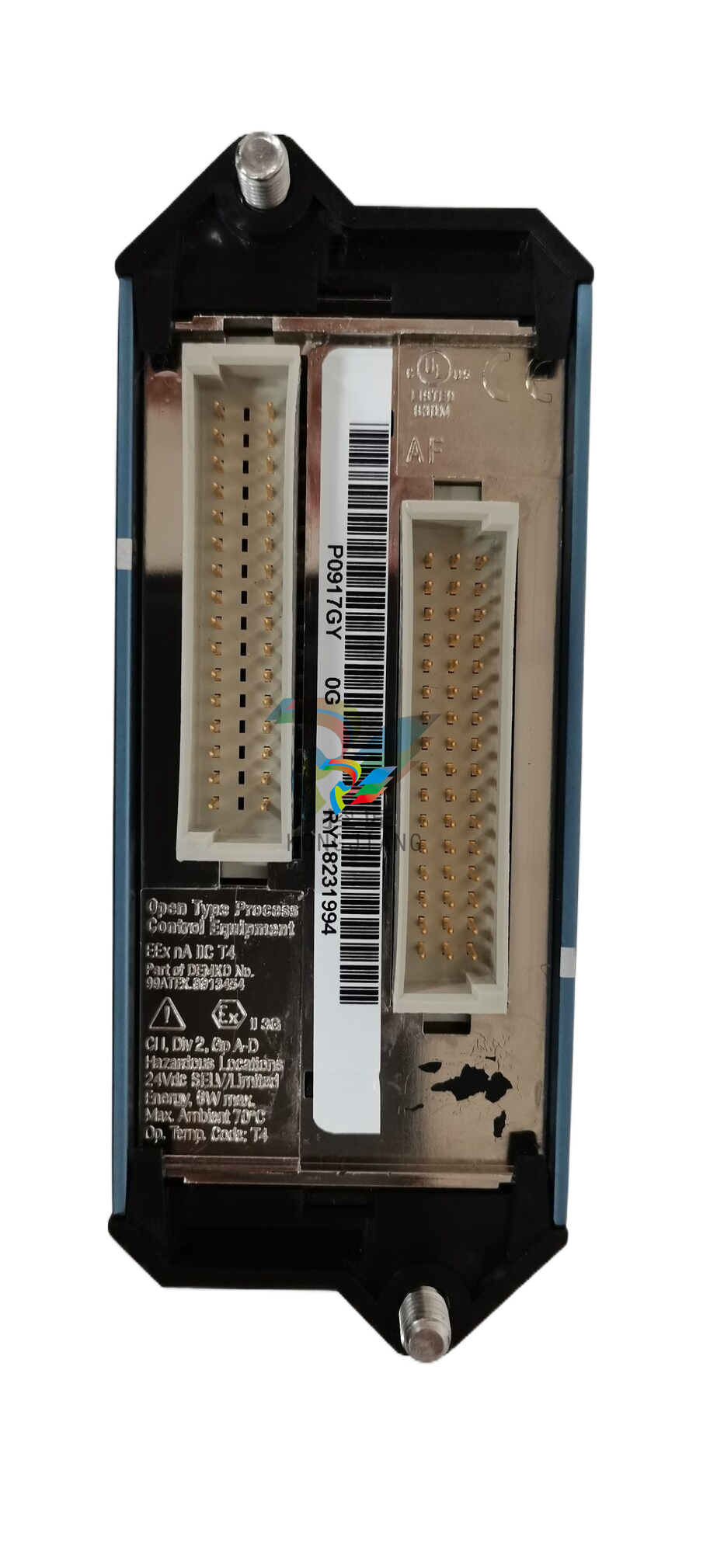
.jpg)
.jpg)
.jpg)
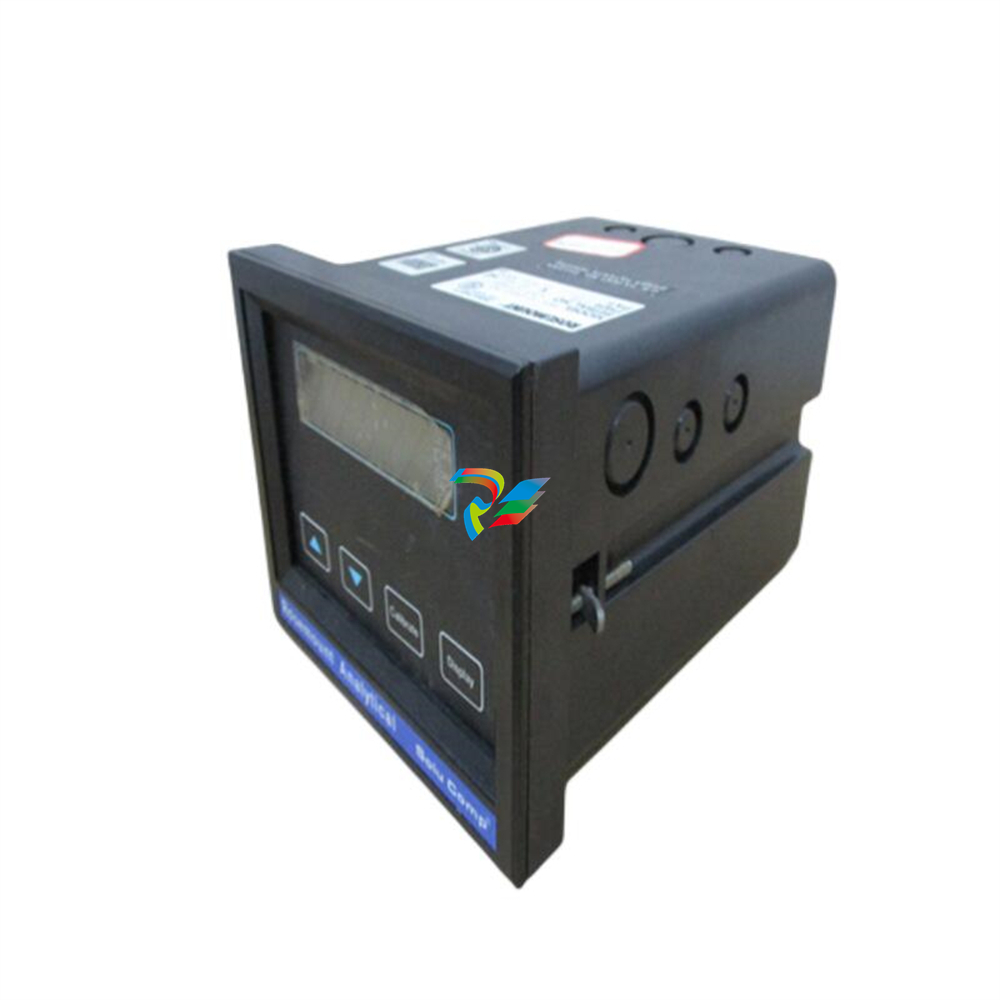
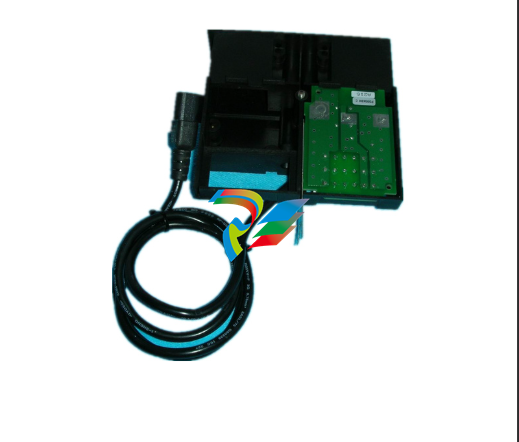
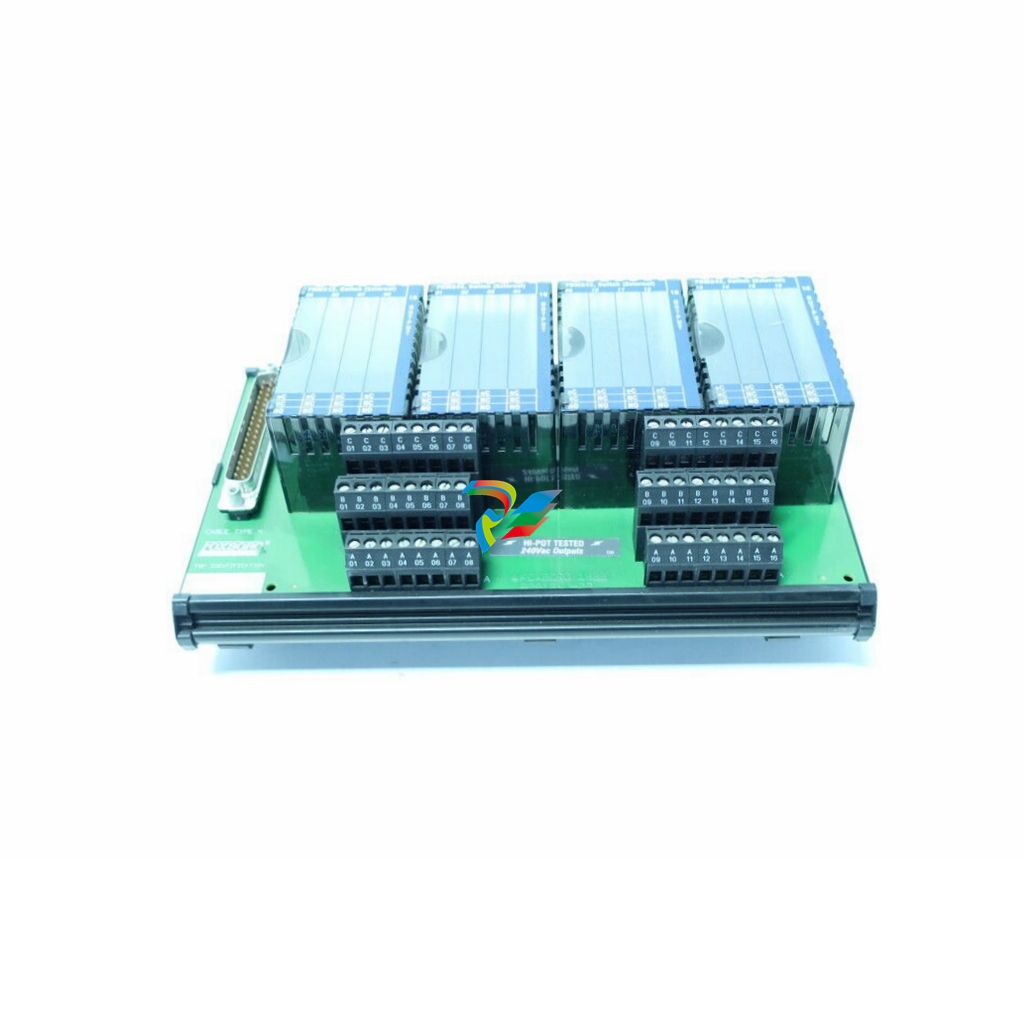
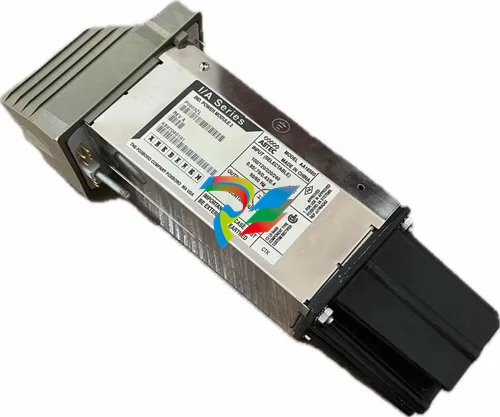
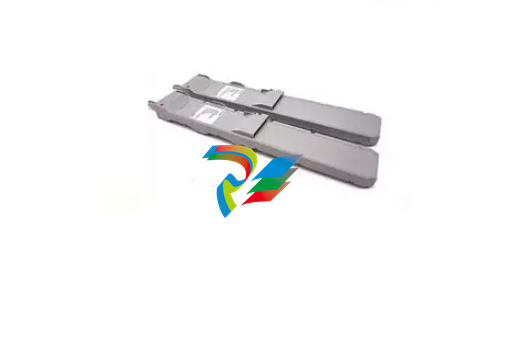
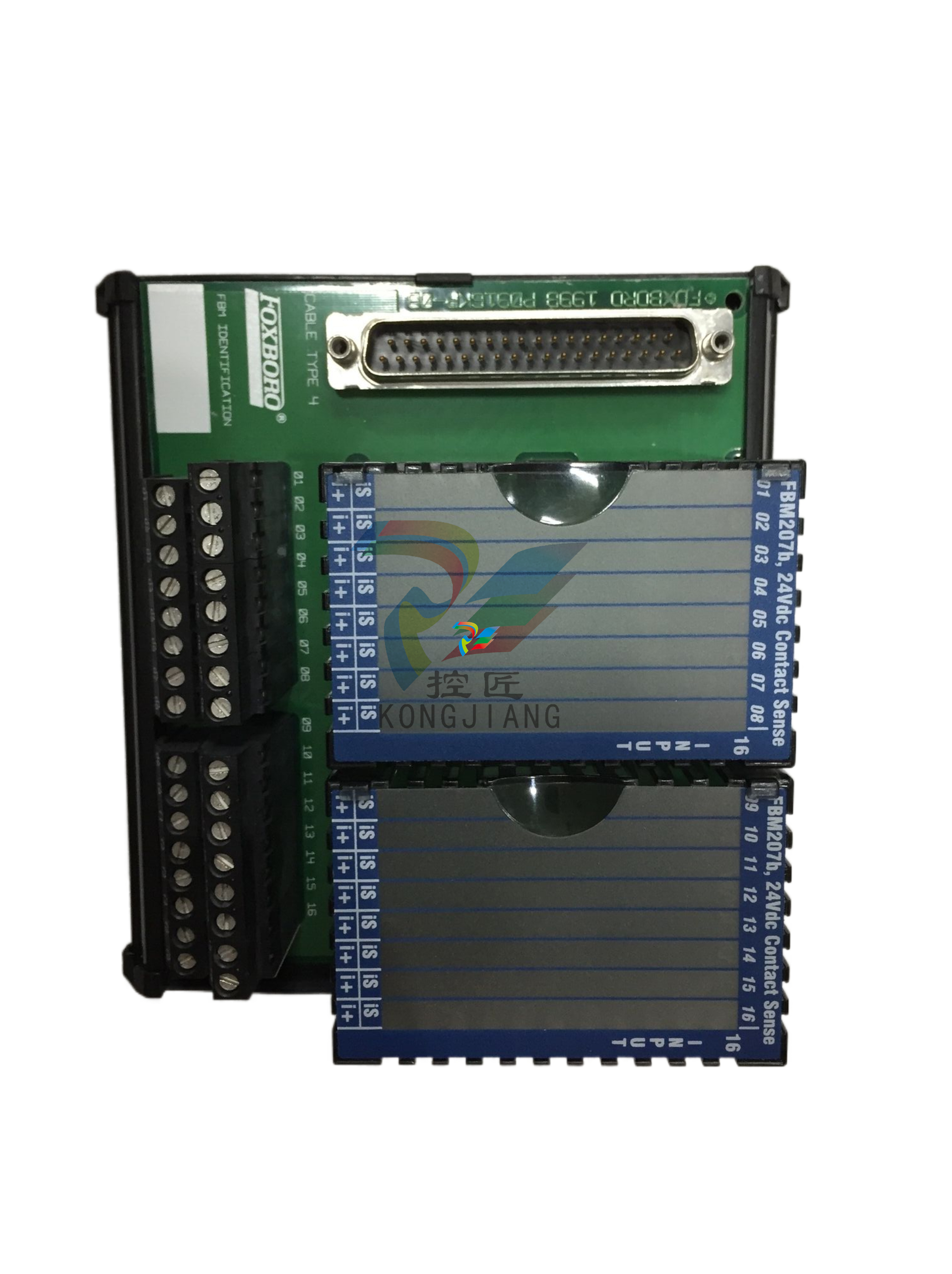
.jpg)
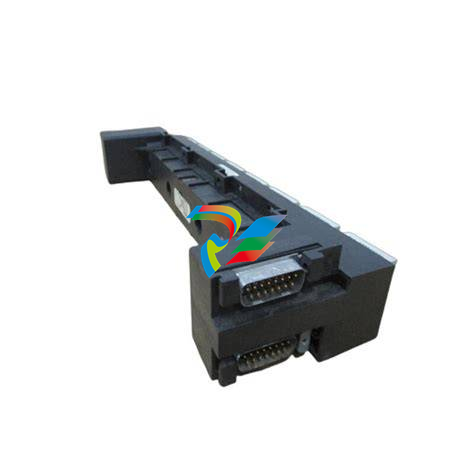
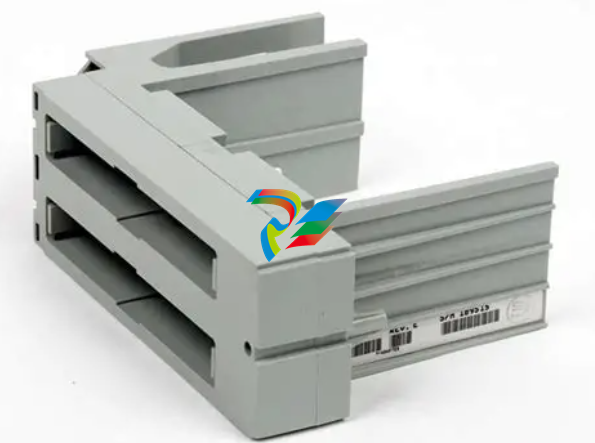
.jpg)
